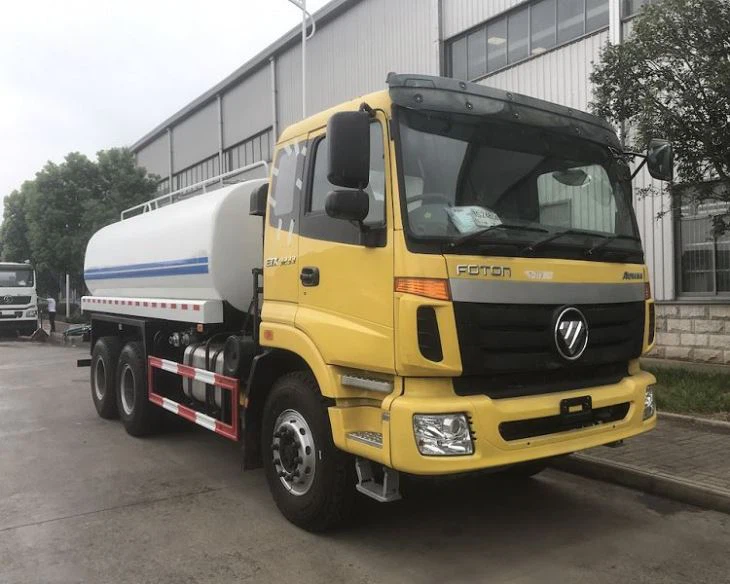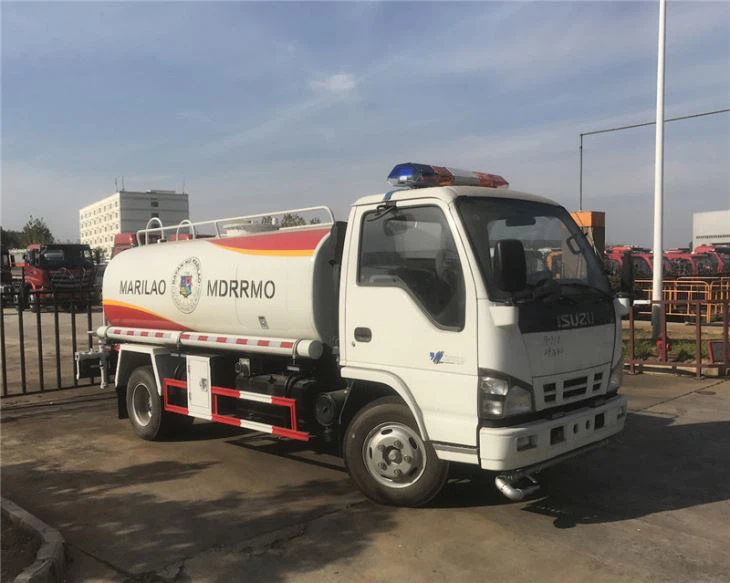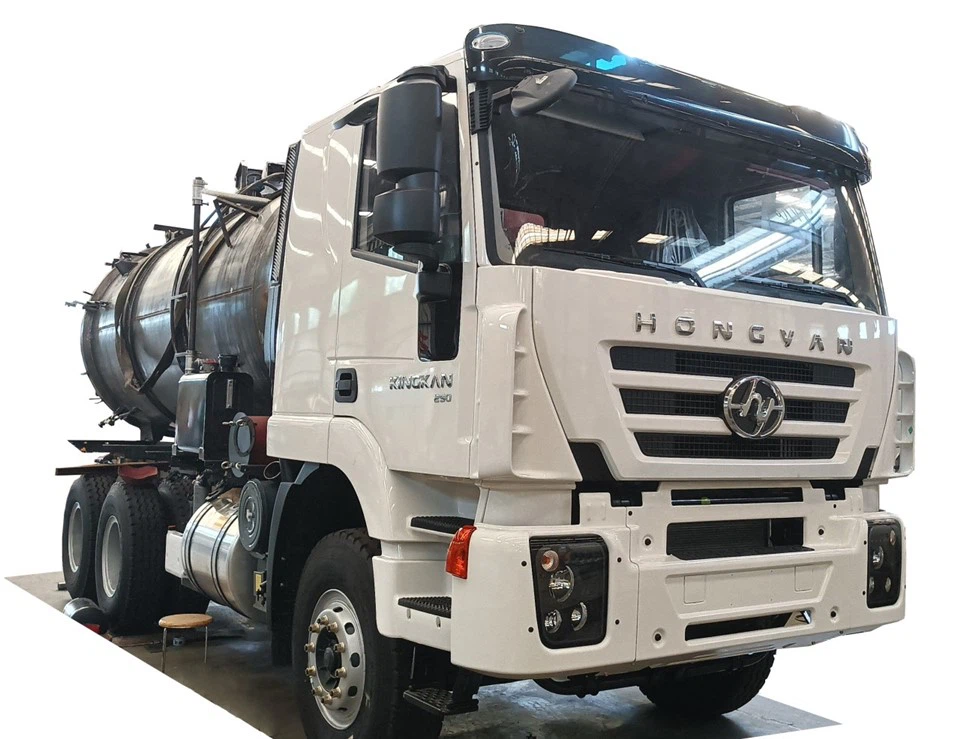Understanding the Crane with Truck: A Comprehensive Guide

Introduction
In the world of construction, logistics, and heavy lifting, cranes play a crucial role. Among the various types of cranes available, the crane with truck stands out due to its mobility and versatility. This article dives deep into what a crane with truck is, its uses, benefits, and essential considerations when choosing one for your projects. With practical examples and expert tips, this comprehensive guide will equip you with the knowledge you need about cranes with trucks.
What is a Crane with Truck?
A crane with truck, often referred to as a mobile crane or truck-mounted crane, is a combination of a crane mounted on a truck chassis. This hybrid design allows the crane to be easily transported to various job sites, making it an indispensable tool in the construction and logistics industries. Unlike traditional cranes that require setup and rigging, cranes with trucks can quickly mobilize and execute lifting operations efficiently.
Key Features of Crane with Truck
- Mobility: Easily transportable from one location to another.
- Versatility: Suitable for a wide range of lifting applications.
- Quick Setup: Minimal setup and teardown time.
- Compact Design: Ideal for urban environments with space limitations.
Types of Cranes with Trucks
There are several types of cranes with trucks, each designed for specific lifting needs and environments. Understanding these types can help you select the right crane for your project.
1. Rough Terrain Cranes
Rough terrain cranes are designed for off-road capabilities and can navigate challenging landscapes. They come equipped with large tires and a stable base, allowing for mobility across rugged terrains.
2. All-Terrain Cranes
All-terrain cranes are versatile cranes that can operate on various surfaces, including rough terrain and paved roads. They offer the best of both worlds in terms of mobility and lifting capacity.
3. Truck-Mounted Cranes
Truck-mounted cranes are specifically designed to be mounted on the chassis of a standard truck. These cranes are well-suited for urban projects where space is constrained.
Applications of Crane with Truck
Crane with trucks are widely used across numerous industries. Their adaptability and efficiency make them a go-to choice in various applications.
1. Construction Projects
In construction, these cranes are utilized for lifting heavy materials like steel beams and concrete panels. Their mobility allows them to navigate around job sites easily.

2. Maintenance and Repairs
For maintenance work, such as replacing lighting fixtures or roof repairs, crane with trucks provide the necessary height and reach without the need for bulky scaffolding.
3. Logistics Operations

In logistics, truck-mounted cranes facilitate loading and unloading heavy items from trucks, streamlining operations at distribution centers.
4. Utility Services
Utility organizations use cranes with trucks for tasks like replacing power lines, maintaining streetlights, and tree trimming, making these cranes essential for public services.
Benefits of Using a Crane with Truck
The crane with truck system presents numerous advantages compared to stationary cranes or other lifting equipment. Here are some key benefits:
1. Enhanced Mobility
The primary advantage is their ability to quickly move from one location to another, reducing downtime associated with crane setup.
2. Time Efficiency
Faster setup and breakdown times lead to improved project timelines, enabling crews to tackle multiple tasks in a workday.
3. Cost-Effectiveness
These cranes often require less manpower for operation than larger fixed cranes, saving labor costs and operational expenses.
4. Versatile Use
From construction to maintenance, the truck-mounted crane can be employed in diverse applications, maximizing its utility across industries.
Considerations When Choosing a Crane with Truck
Selecting the right crane with truck requires careful consideration of several factors to ensure efficiency and safety.
1. Load Capacity
Understanding the maximum load the crane can bear is crucial. Ensure that the crane you choose meets or exceeds the weight requirements of your project.
2. Boom Length and Reach
Evaluate the boom length and reach against the specifications of your job site. This factor is critical in determining how far the crane can extend to lift materials.
3. Operating Environment
Analyze the terrain and environment where the crane will operate. Rough terrain cranes are beneficial for construction sites with uneven ground, while all-terrain cranes can adapt to both rough and smooth pathways.
4. Safety Features
Check for safety features like outriggers, load indicators, and emergency shut-off systems. Ensuring these mechanisms are in place can minimize the risk of accidents on-site.
5. Licensing and Operator Training
Verify that the operators are licensed and have received proper training to handle crane operations safely and effectively.
Comparing Crane with Truck to Other Cranes
| Features | Crane with Truck | Stationary Crane |
|---|---|---|
| Mobility | High | Low |
| Setup Time | Quick | Lengthy |
| Load Capacity | Moderate to High | High |
| Range of Use | Versatile | Fixed |
Practical Examples of Crane with Truck Use
To better understand the crane with truck’s application, here are some practical examples:
Construction of High-Rise Buildings
In the construction of high-rise buildings, truck-mounted cranes are often used for lifting prefabricated materials like balconies and steel frames. Their ability to quickly relocate between building sites maximizes productivity.
Tree Removal Services

Tree removal companies frequently utilize crane with trucks to safely remove large trees from tight spaces. The crane’s reach and precision allow operators to remove trees without risking damage to surrounding structures.
Bridge Maintenance
Utility companies may deploy crane with trucks to perform maintenance on light fixtures or signage along bridges. The crane’s extended reach allows technicians to access areas safely and efficiently.
Maintenance Tips for Crane with Truck
Regular maintenance of crane with trucks ensures optimal performance and safety. Here are some essential maintenance tips:
1. Daily Inspections
Conduct daily inspections of the crane before use. Check for visible leaks, unusual wear on tires, and the functionality of safety devices.
2. Regular Servicing
Schedule regular servicing with certified technicians to maintain the crane’s mechanical systems and adhere to safety standards.
3. Keep the Equipment Clean
Ensure the crane’s components are clean and free from debris, as dirt and grime can affect performance and lead to damage over time.
4. Monitor Warning Indicators
Stay vigilant regarding warning indicators or alarms that signal issues during operation. Address them immediately to prevent further complications.
FAQ Section
1. How much weight can a typical crane with truck lift?
The lifting capacity can range significantly, with most truck-mounted cranes lifting between 10 to 50 tons, depending on the model.
2. What is the difference between a truck-mounted crane and a traditional crane?
Truck-mounted cranes are mobile, allowing for quick relocation, while traditional cranes are stationary and require more setup time.
3. Are crane operators required to have special licenses?
Yes, crane operators typically need specific certifications and licenses to operate crane with trucks safely.
4. Can crane with trucks operate in bad weather conditions?
While they can operate in light rain, adverse weather conditions such as high winds or heavy storms usually ground operations for safety reasons.
5. What are the main maintenance requirements for crane with trucks?
Main maintenance includes daily inspections, regular servicing by professionals, and immediate attention to any warning signs or functional issues.
6. How do I choose the right crane with truck for my project?
Consider factors such as load capacity, boom reach, terrain conditions, and safety features to select the right crane for your project requirements.
